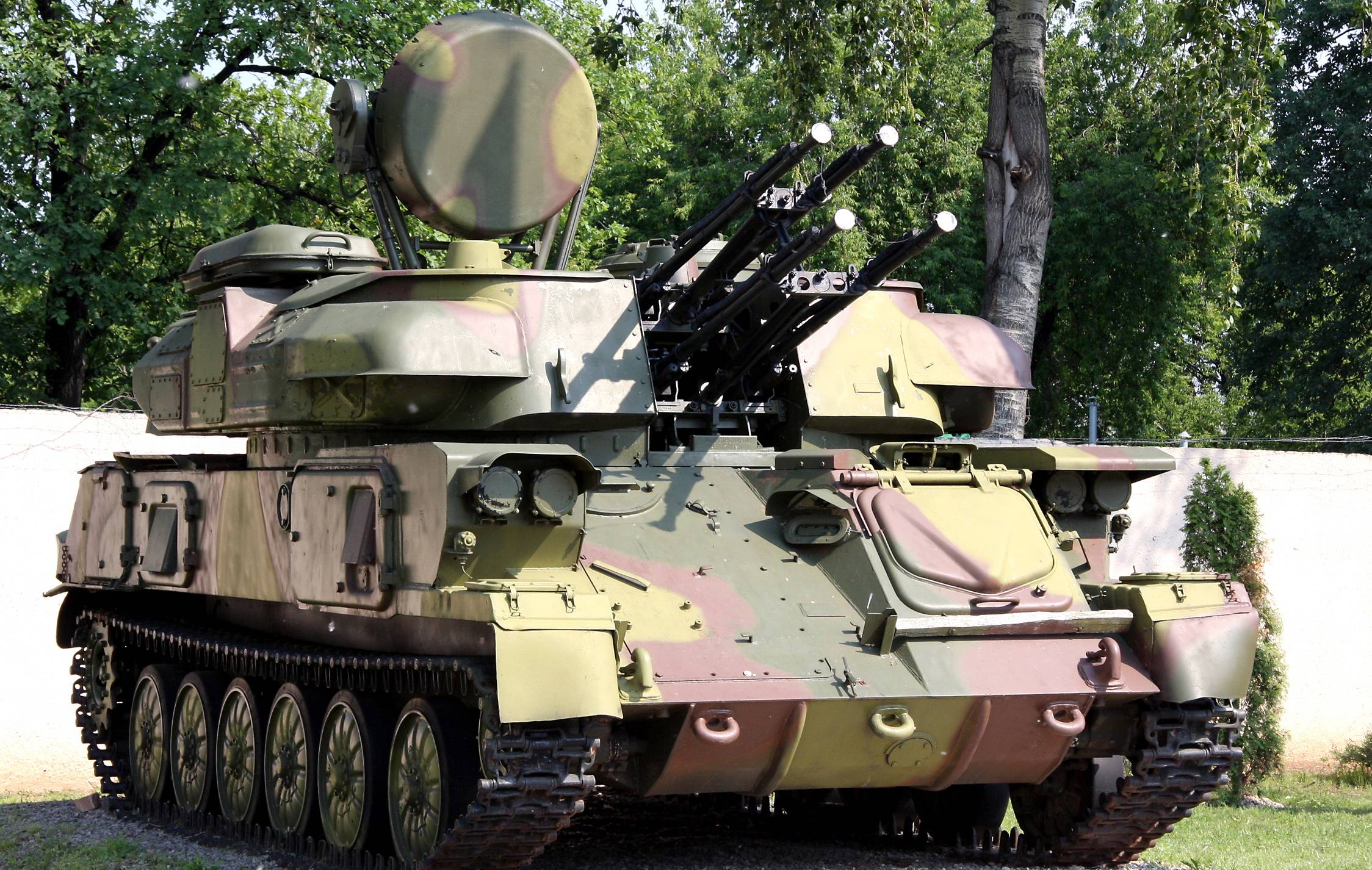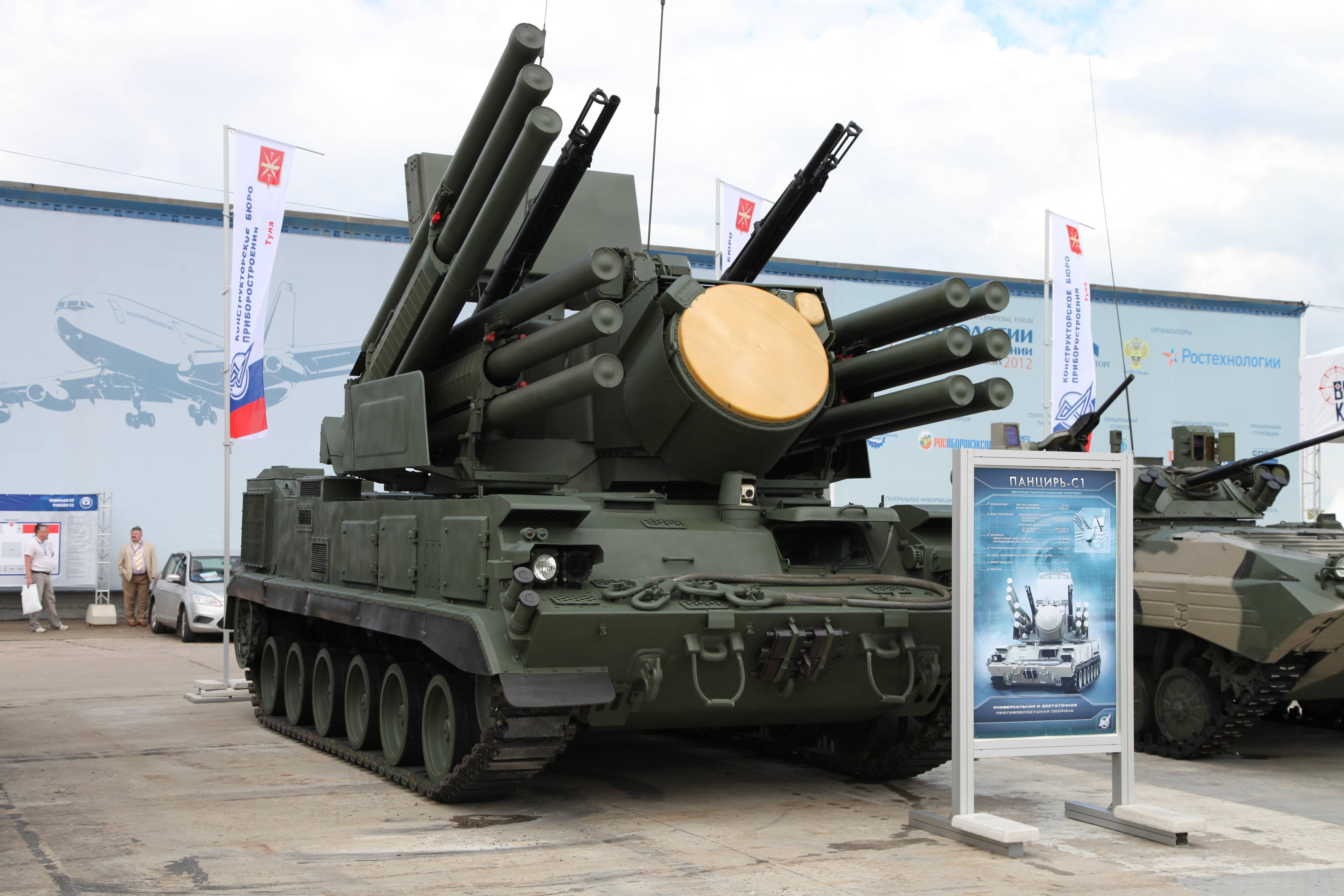Can a fighter jet travelling at fast speed be brought down by a weapon like an M134 Minigun or any machine gun?
-
1$\begingroup$ related: aviation.stackexchange.com/q/13600/1467 $\endgroup$– FedericoCommented Oct 10, 2015 at 7:41
-
3$\begingroup$ I'm voting to close this question as off-topic because It attracted only answers with a military background. The question is specific to ballistics and weapons, the only connection with aviation is that it is "about" a fighter jet. $\endgroup$– user23573Commented Oct 10, 2015 at 9:24
-
2$\begingroup$ @BogdanWilli - Ehhhh.... AAA is a pretty important fixture of military aviation and has had a big impact on their design and how they're operated. You don't really have to know much about their ballistics to appreciate their effects on operations. If I have time, I'll edit in some more info on how AAA has affected a/c design. $\endgroup$– Hephaestus AetnaeanCommented Oct 10, 2015 at 9:55
-
2$\begingroup$ If the bullet and the aircraft's trajectories are convergent, the bullet will hit the aircraft, whatever their velocities. Put the bullet in the adequate trajectory require some skills (and a good gunsight) $\endgroup$– Manu HCommented Oct 10, 2015 at 13:09
-
$\begingroup$ @HephaestusAetnaean: What is AAA? can you explain please? Your answer is quite a good answer indeed. But still I think the whole thing (especially your answer) would be better on skeptics or on another military or stragegy related website. See in the help center that also Rocket -related questions are off topic. $\endgroup$– user23573Commented Oct 11, 2015 at 11:13
6 Answers
They're called SPAAG's -- Self Propelled Anti-Aircraft Guns. Older systems tended to fire 23 mm shells. Newer systems tend to fire 30 mm shells augmented by short range missiles.
They are equipped with radars and high-speed elevation and traverse motors for the turreted guns, so they can react quickly to fast a/c flying low ahead. They're also useful against attack helicopters, which also hug the ground (see below).
These are short range weapon systems, typically only effective under 10,000 ft, the guns at much less than that.
They're still useful even today. Medium and long-range SAM's have forced a/c to fly low, below their search and fire control radars, but within range of the guns.
This was standard NATO doctrine during the late Cold War---low level penetration---and gave rise to the F-111 (for example), which was designed to fly fast and low, hugging the bumpy terrain of Central Europe. This would have worked very well had the Soviets not fielded SPAAG's (basically modern AAA) and developed their own MANPADS (shoulder-fired SAM's). Soviet AWACS and look-down shoot-down radar also contributed to the decline of this tactic. These systems denied the use of low-level airspace so effectively that during Desert Storm, the Coalition air forces basically gave up low-level operations within the first week and switched to bombing from medium altitude exclusively (above the reach of AAA and MANPADS). Not even the A-10 with its titanium armor could long survive in that environment. Afterward, they did occasionally venture below 10,000 ft, but typically with special permission and enthusiastic support. Even after the first week, when Iraqi air defenses were ineffective, few a/c still flew below 10,000 ft because the AAA and MANPADS were too numerous to be eliminated entirely.
NATO air forces are getting around this problem by buying stealth fighters, namely the F-35A, which can hide from SAM radars, allowing it to fly at medium/high altitudes, far above MANPADS and AAA. But that's for another question/answer.
Here's an older Shilka (Vitaly V. Kuzmin - http://vitalykuzmin.net/?q=node/306):

A later Tunguska (Leonid Dzhepko / Л.П. Джепко):

And a modern Pantsir (Vitaly V. Kuzmin - vitalykuzmin.net): 
(All images taken from their respective wikipedia pages.)
Can a fighter jet traveling at fast speed be brought down by a weapon like an M134 Minigun? or any machine gun?
There are machines guns designed to bring down cruise missiles and jet fighters but they look like this:
see: The Phalanx CIWS close-in weapon system for defense against anti-ship missiles.
-
$\begingroup$ I'm pretty sure that's not used to bring down jet fighters -- only their missiles $\endgroup$– HughCommented Apr 20, 2017 at 0:39
-
1$\begingroup$ @Hugh - It works fine on both, assuming they're within range. a/c are often easier to hit, often being larger, slower, and less maneuverable. Phalanx can also target surface vessels, rockets, artillery, and mortars. But, yes, the motivating role is missile self-defense. $\endgroup$ Commented Apr 21, 2017 at 1:10
-
1$\begingroup$ @Hugh Both are acceptable targets. (25+ yrs in Navy). We once had a Learjet towing a target on a long metal cable ... the CIWS hit the cable and the drone lost its motive power. The pilots (during the debrief) expressed their concern that they were the next likely target since the CIWS didn't acquire the target drone. $\endgroup$ Commented Jan 24, 2018 at 16:35
-
1$\begingroup$ @KorvinStarmast my dad (who was an army AA gunner for a while) once told me he and his pals took great pleasure in aiming at the tow cables for the targets rather than the target itself. Harder to hit, and very satisfying seeing that target plummet to the ground rather than just having some holes in it. (this was 1960s, so wooden targets and count the holes rather than modern ones recording rounds passing near). $\endgroup$– jwentingCommented Jun 28, 2018 at 10:33
Phil Handley shot down a MIG19 while his F4 was going supersonic (around Mach 1.2), after both the AIM7 Sparrow and AIM4 Falcon missiles had failed to launch correctly.
Admittedly, this was a one time event, hasn't been repeated since then, but not only can a fast moving aircraft be brought down with a gun, it can be brought down by a gun fired from another fast moving aircraft.
-
$\begingroup$ AFAIK the Israelis had quite a few gun kills during their wars. and of course in Korea and possibly even WW2 there were some jets shot down by guns as well. $\endgroup$– jwentingCommented Jun 28, 2018 at 10:34
-
$\begingroup$ Virtually all of the Israeli Air Force's air to air victories in the 1967 Six Day War were made using cannon. Some Israeli Mirage III pilots elected not to carry IR guided missiles as they were considered unreliable. $\endgroup$ Commented Jul 1, 2018 at 10:46
During the Falklands War the British naval ships came under close attack by Argentine Mirage III jets. The ships' crews would fire any weapons they could into the air to create a curtain of fire that the attacking jets had to fly through.
The attackers typically flew lower than fifty feet to avoid radar, so they were definitely in range. In fact, they were so low on the flight across the South Atlantic that their visibility was hampered by spray flying up off the waves.
Reputedly, at least one aircraft was brought down this way, but I haven't yet found confirmation.
Nevertheless, it's perfectly possible that with enough lead or a lucky shot one could hit some vital component (like the pilot) and garner a kill.
Records suggest that jet fighters are not brought down by hand-aimed bullet-firing weapons.
-
13$\begingroup$ This article sciencebasedlife.wordpress.com/2013/04/03/… demonstrates that at least one jet fighter was shot down by its own machine guns... $\endgroup$– DJohnMCommented Oct 10, 2015 at 17:20
-
$\begingroup$ training regimen suggests strongly that it was certainly deemed viable into the 1960s. $\endgroup$– jwentingCommented Jun 28, 2018 at 10:35
7.62 mm machine guns are not usually considered adequate for air defence, but are used when nothing better is available.
During the Korean war (1950-53) the .50/12.7 mm projectiles fired from the M3 machine guns of the F86 Sabre proved less effective against the MiG 15 than was desirable, frequently deflecting off without causing damage at shallow impact angles.
-
$\begingroup$ If you don't believe me, check it out for yourself. $\endgroup$ Commented Jul 1, 2018 at 10:48

